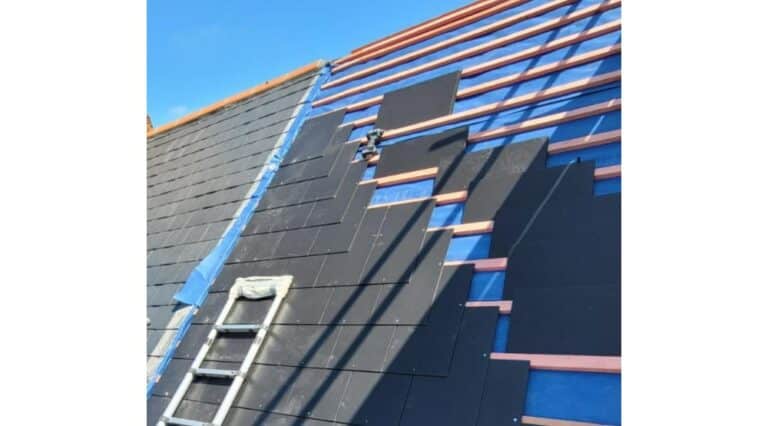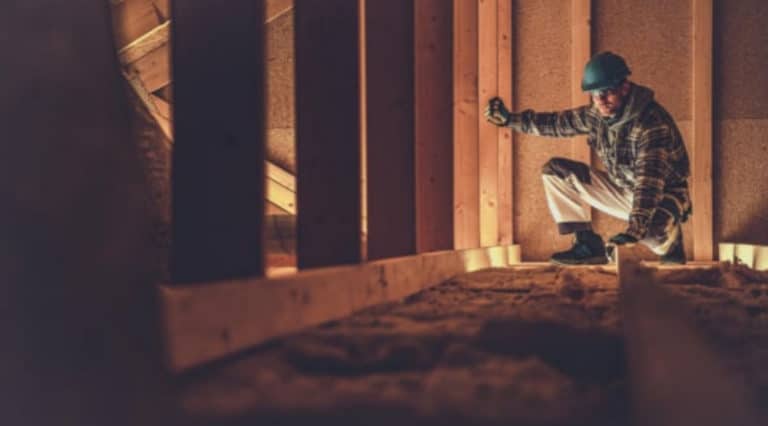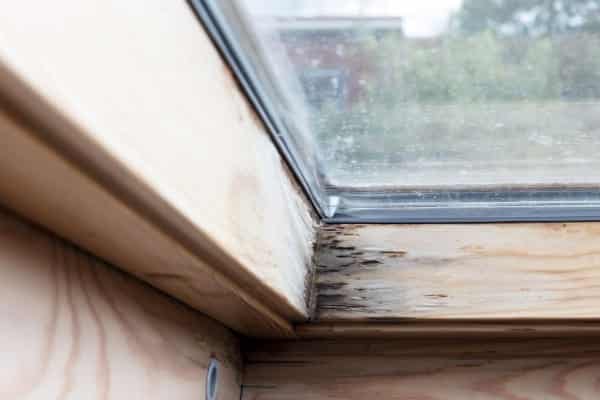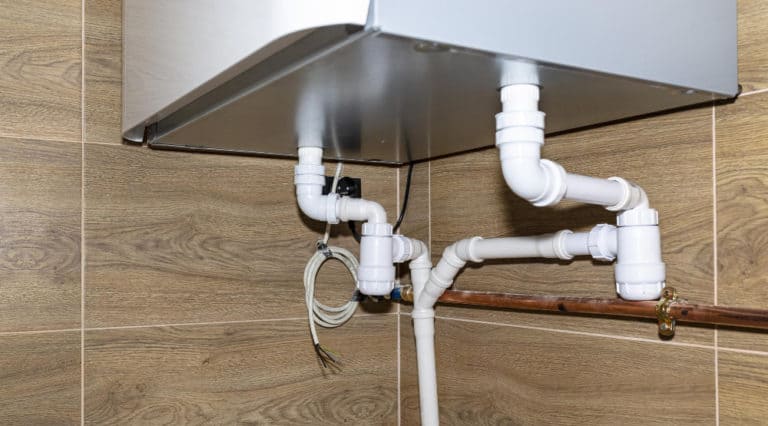Find My Local Expert The Benefits of Hiring a Professional...
Read More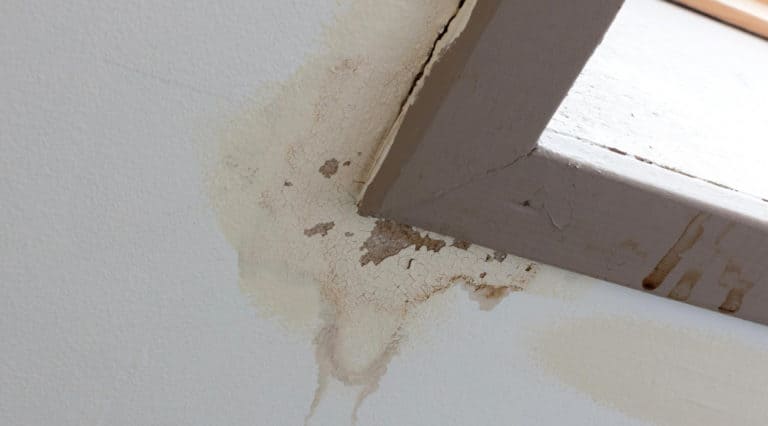
Is it a Roof Leak or a Plumbing Leak?
Leaks in your home are never good, but they can be especially problematic when they appear to be coming from above. Do you have a leak in your ceiling, or is it your plumbing?
You might think this would be relatively easy to distinguish. For example, if it’s not raining, it would be a safe bet that it’s not a leak, right? Well, kind of. If you are living in a particularly dry part of the world, or you haven’t had rain for a while, you can probably assume your leak is not coming from your roof. However, the construction of an average home is more complicated than many people appreciate, and that water could have pooled up somewhere and is only just now finding its way to somewhere you can see it.
Further complicating matters is the fact that a roof leak won’t necessarily show up above you! Water can sometimes find its way down wall cavities and other parts of the internal structure of your home, and the first time you see it might be a growing damp patch on a downstairs wall somewhere.
You may also think that a plumbing leak would be easy to identify because it would be a gushing torrent of water, but plumbing leaks typically take the form of a slow drip, getting gradually worse over time. In short, there is no immediate way to tell whether a leak is coming from your plumbing or your roof other than looking at the source of the leak, which isn’t always easy to find. We’ll get into the most common causes of these kinds of leaks below, along with the tell-tale signs of each to help you spot them, but first, let’s talk about why leaks are so bad.
How Leaks Affect Your Home
Leaks are a nuisance, of course. They get your walls and furniture and carpets wet, they can damage electrical appliances, they can make constant dripping noises that drive you up the wall. But unwanted water in your home can have far worse consequences than being a mere nuisance.
Electrical Problems
Water isn’t just a risk to your phone charger. All of your electrical fixtures and sockets are powered by a network of electrical cables in the walls and under the floors of your home. For the most part, these wires should be well insulated and not at any risk from water.
For the most part.
Where they connect to junction boxes, outlets, switches, and other electrical fixtures, it is necessary to expose the electrical wire in order to make contact with the thing it is being connected to. Unless you are living on a submarine, these connection points will not be waterproof, meaning that any water running down the inside of a wall or dripping down through the cavity between upstairs and downstairs ceiling could get into these terminals and short the connection.
Now, as long as your home’s electrical systems are properly installed in compliance with the relevant laws and regulations, you should be safe in the event that this happens, but it will cause your fuse board to trip out, and if there is no obvious signs of the leak near the affected fixture, you will have a nightmare of a time trying to identify where the problem is coming from!
Damage to Walls and Ceilings
A typical home is “finished” with plasterboard (or drywall, if you prefer) which is essentially a board of concrete sandwiched between two paper-y sheets. This makes it easy to finish a room because you don’t need to put up battens everywhere and plaster over them, but plasterboard does not react well to getting wet.
It will typically swell as the water soaks into the board, and it will almost certainly stain. In many cases, water-damaged plasterboard will need replacing entirely, which can be extremely disruptive, especially if the plasterboard has been entirely skimmed over.
Mould and Mildew
While mould and mildew are certainly unsightly, they also pose health and safety risks to the people living in the property from breathing in the spores that they produce. They also have a distinct smell that is, to be frank, unpleasant to live with.
Mould and mildew love damp places, and if you have patches of wall that are being slowly moistened by a leaking pipe or roof, it could provide the perfect spot for mould to take hold and start spreading through your home. The distinctive smell we mentioned is important because it could alert you to the presence of mould even when you can’t see it, such as when it starts growing behind a wall or somewhere else out of sight.
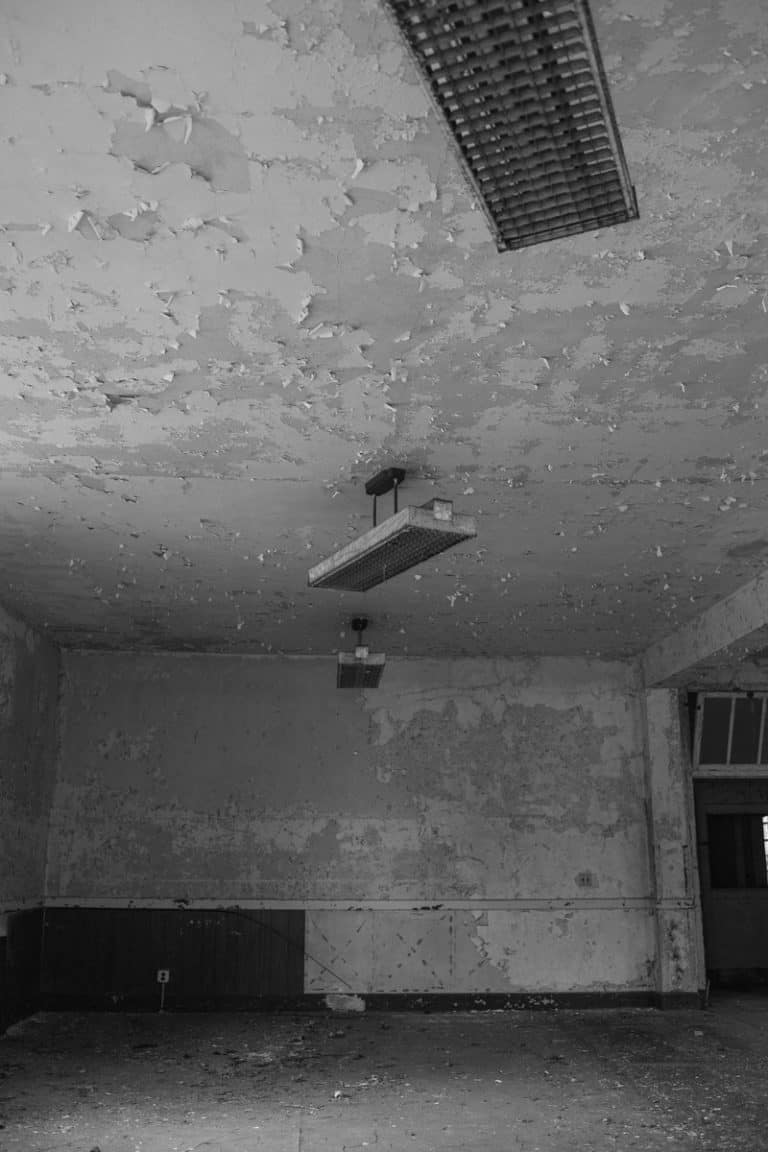
Roof Leak: Top 3 Causes
There are many things that can cause a roof leak, but it will far more often than not be one of the three causes we have listed here. Knowing how the leak could have happened will go a long way to helping you establish where it might be coming from by giving you an idea of where to look.
#1 Broken or Missing Roof Tiles
Most residential properties use tiles or shingles on the roof to protect the property below from the rain. These are essentially a series of overlapping squares that allow the water to run straight over them and down to the drainage system. When a tile is missing or broken, that water can get into the property itself.
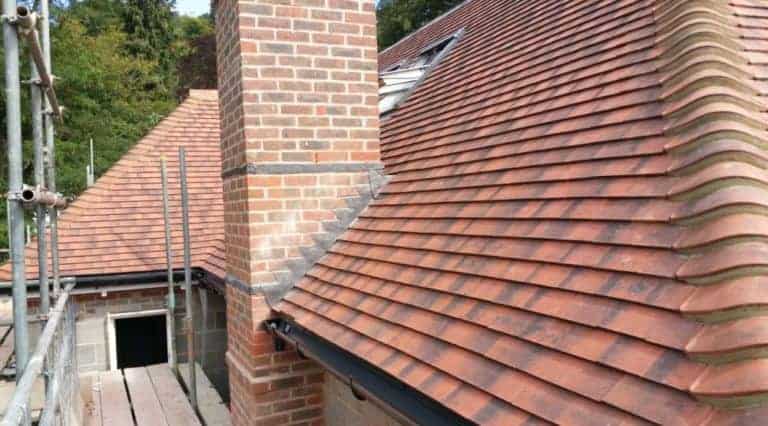
If a tile is broken it will be very hard to spot without getting up on the roof—which we wouldn’t recommend. A missing tile should be visible from the ground, however. You can also climb up into your loft and see if there are any obvious spots where water is getting in.
#2 Ice Damming
The tiles we mentioned above are specifically designed for water to run down, not up. If water were to head the other way, it could get under the tiles and into the property. Fortunately, gravity prevents this from happening… most of the time.
For those of you in colder regions where ice can form, it is possible for water to freeze at the edges of your roof, creating a kind of dam that prevents water from running off.
That water then builds up, getting under the tiles. You can spot this, quite simply, by looking for an excessive build up of ice around the edges of your roof.
#3 Inadequate Roof Ventilation
A lack of proper roof ventilation can result in moisture build-up in the roof cavity, which can in turn begin to drip down into the rest of the building. This is caused by the moisture in the air inside your home condensing when it hits the cold roof. The more humid and the bigger the temperature difference between inside and out, the worse this problem will be.
Plumbing Leak: Top 3 Causes
Plumbing leaks are, in a way, more concerning, since they are often from a small point and have the entirety of your water pressure behind them, forcing the leak out.
#1 Old Corroded Pipes
If the pipes in your home are very old, it is possible they have just outlived their usefulness. You will be able to spot this by first finding the offending pipe and noting that it is wet, most likely around a joint.
#2 Overflowing Sinks and Baths
This one sounds silly, but if the potential roof leak is noticed downstairs, your first point of inspection should be to make sure no one has left a tap running that has gone on to overflow. You’d be surprised how often this can happen. This can also apply to clogged toilets that have been flushed.
#3 Damaged Pipes
Not all pipes are hidden away behind the walls. The most common culprits here are radiator pipes, which are often exposed and perfectly placed for the occasional acciden
In Conclusion
As tempting as it might be to tackle a problem like this yourself, there is a good chance you will do more harm than good if you don’t know what you are doing. Even identifying the source of a plumbing leak can be a disruptive process if you don’t have the right tools for the job, and people who aren’t plumbers rarely have the right tools for the job.
Another important point about this kind of problem is that it should not be left alone. Even if the leak is relatively small, resist the temptation to just live with it for any length of time. The longer your home is subjected to a water leak, the more damage it will do. And it will not always be damaged you will see immediately. In addition to things we mentioned above, water can also accelerate the deterioration of wood and other structural materials in your home.
In short, if you notice the signs of a water leak—be it a roof or a plumbing leak—call a professional immediately!
You May Also Like...
Roof Repair – Tile, Slate & Flat Roofs
Find My Local Expert Roof Repairs – Tile, Slate &...
Read MoreRoof Inspection: When Should You Do It?
Find My Local Expert Roof Inspection: When should you do...
Read MoreHow to Spot a Leaking Roof Like a Pro
Find My Local Expert How to Spot a Leaking Roof...
Read MoreHow to Fix a Condensate Pipe Leak
Find My Local Expert How to Fix a Condensate Pipe...
Read MoreFound a Roofing Leak?
My Trusted Expert Guarantee
Experts Have Been Vetted & Approved
